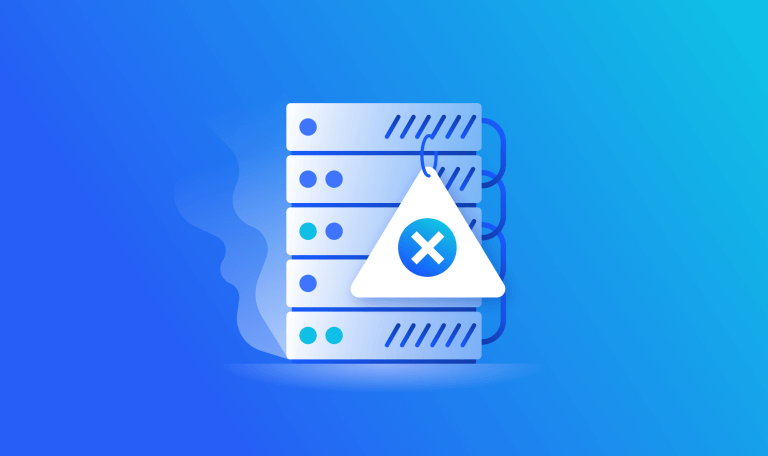5 Steps to Recovering from Penguin 3.0

In yesterday’s blog post, we explored how the new Penguin 3.0 update is a “continually optimized” algorithm bent on taking down sites with unnatural link pies (ie, spammy links). Numerous sites with poor-quality links and content have already fallen victim to both the new Penguin and its spammy content-hunting cousin, Panda 4.0.
How to know if your site was hit by the Penguin update?
Not sure if your site is one of them? This amazing infographic from Marketing Mojo and Searchengineland will help you find out:
If you find that your site is, in fact, under “attack,” there are some relatively simple steps you can take in order to recover. Follow these five steps and you’ll be on your way to building a stronger, better website that won’t be easy prey for either of these “animal updates” in the future.
How to recover your site from the Penguin update?
Step 1
First, check your backlink profile. To do this you can use standard SEO backlink tools like MajesticSEO and Ahrefs. If you want to try more specialized applications, try Linkdetox or linkrisk.com, both of which are great tools that mark all the spammy links on your site. Just be aware that any tool can mark some quality links as spam (and vice versa). You should always manually check the linking sites first as a precaution, before designating them as either spam or high-quality links. This is not the time for shortcuts!
You should also use Google Search Console – check the ‘Links to your site’ section to see if there are any websites that are sending a large amount of site-wide links to your site.
Important considerations when doing manual checks:
- Is the linking page indexed in Google? Check this by searching for the linking page’s URL, if it’s not the first listed result, then you might have a problem. If the linking page is listed at position 3 or lower (or not at all), then you’ve most likely got a low-quality link.
- Does the linking page rank on Google’s results on pages 1-3 for its own meta title? Use common sense here. For example, if the page’s title is “Buy Shoes”, and it’s not Zappos, don’t expect it to rank for the title.
- Does the linking domain rank in positions 1-3 for its own URL? Unfortunately, there are no exceptions for this one. If it doesn’t rank high, it’s not a good sign.
- Does the link drive any actual traffic? The best and safest links you can get will drive visitors to your site, not just link juice.
- Are there multiple linking sites from the same IP address or C class? This is a fairly strong indicator for spam, especially if the linking sites are low quality. This is a classic link network footprint, so be sure to keep this in mind when you’re delving into linking sites.
Step 2
Aggregate all of your bad backlinks onto one list. Use Excel for this, and be sure to follow our five manual checking guidelines for each link. To make things clearer, write the type of traffic next to every link (if it’s paid or organic).
Step 3
Contact the webmaster of each spammy site and politely request to have your link removed. Keep contacting them until you hear a reply. Make sure to document all your efforts. Be warned – some webmasters will try to ignore you, and others may even attempt extortion by demanding payment for link removal. There is some trench chatter that for a “Penguinized” site, it may be enough to just disavow backlinks without trying to remove them first, but we advise against this. As stated before – this is not the time for shortcuts! Most likely that’s why Penguin “found” your site in the first place.
Step 4
Use the Disavow tool, but use it wisely after you’ve tried contacting and removing the bad links by yourself. Make sure you use the correct format and syntax in the disavow file. Also, upload all your supporting documentation to Dropbox or something similar, and include a link to this as a comment in the disavow file. Remember that adding all your low-quality links to the disavow file will most likely cause Google to deny your request as a way for you to “atone” your sins of spammy link placement.
In the unlikely event that you received an Unnatural Links message or Manual Action warning via Google Search Console, then also file a re-inclusion request along with the disavow. This is not the same as Penguin, but many of the effects are similar and in any case, unnatural links are much easier to recover from.
Step 5
It takes time for the Disavow tool to start working its magic, but you can speed up the process considerably by doing the following one week after the disavow submission (we left this for last, as a prize for the brightest among you who actually read this to the end):
- Make a list of all the spam link pages and get Google to crawl them again. This can be a problem, since much spam is on low-quality pages or sites, and Google does not aggressively crawl spammy pages, they can be hit only several times a year. One approach is to either ping them or use a link indexing service to bring Google’s spiders over for a visit.
- Wait a few days, then make a list of all the pages on your site that received spam links and get Google to crawl them. This can either be done like above, or with an XML submission (like a sitemap, but including only the spam-linked pages).
- If the penalty is page or keyword-based. you can start building new, high-quality pages in the meantime. If you’re penalized for a keyword, try ranking new pages for similar keywords or variations.
In the meantime, you need to start developing your off-page plan. We recommend focusing on these 3 important factors:
- Content quality – if the content is good, more people will link to your site. Quality content also gets shared and, more importantly, can protect your site from being penalized by Panda as well as Penguin updates.
- Social media– having a good social media strategy is a huge factor for social purposes, but it also serves to help build brand strength.
- Outreach – contact opinion leaders and satisfied customers that are using your product. Cultivate relationships with them in order to gain natural incoming links. This will also serve a further purpose of strengthening business and customer relationships – something that will help you boost your site’s reputation overall.
Both Panda and Penguin can also have positive effects on sites with natural links and strong content, which we’ve explored in previous posts. But many sites aren’t so lucky, and they’re still paying the price for easy traffic.
Recovery is never an easy process, but building a quality website that won’t fall prey (again) to Penguin or Panda updates is well worth the effort.
Discover More SEO Secrets
Want more insights about Google updates?
Explore the Similarweb platform to gain an edge over your industry by uncovering trends and competitors’ marketing strategies, including not-provided keywords – Try our free demo
The #1 keyword research tool
Give it a try or talk to our marketing team — don’t worry, it’s free!







